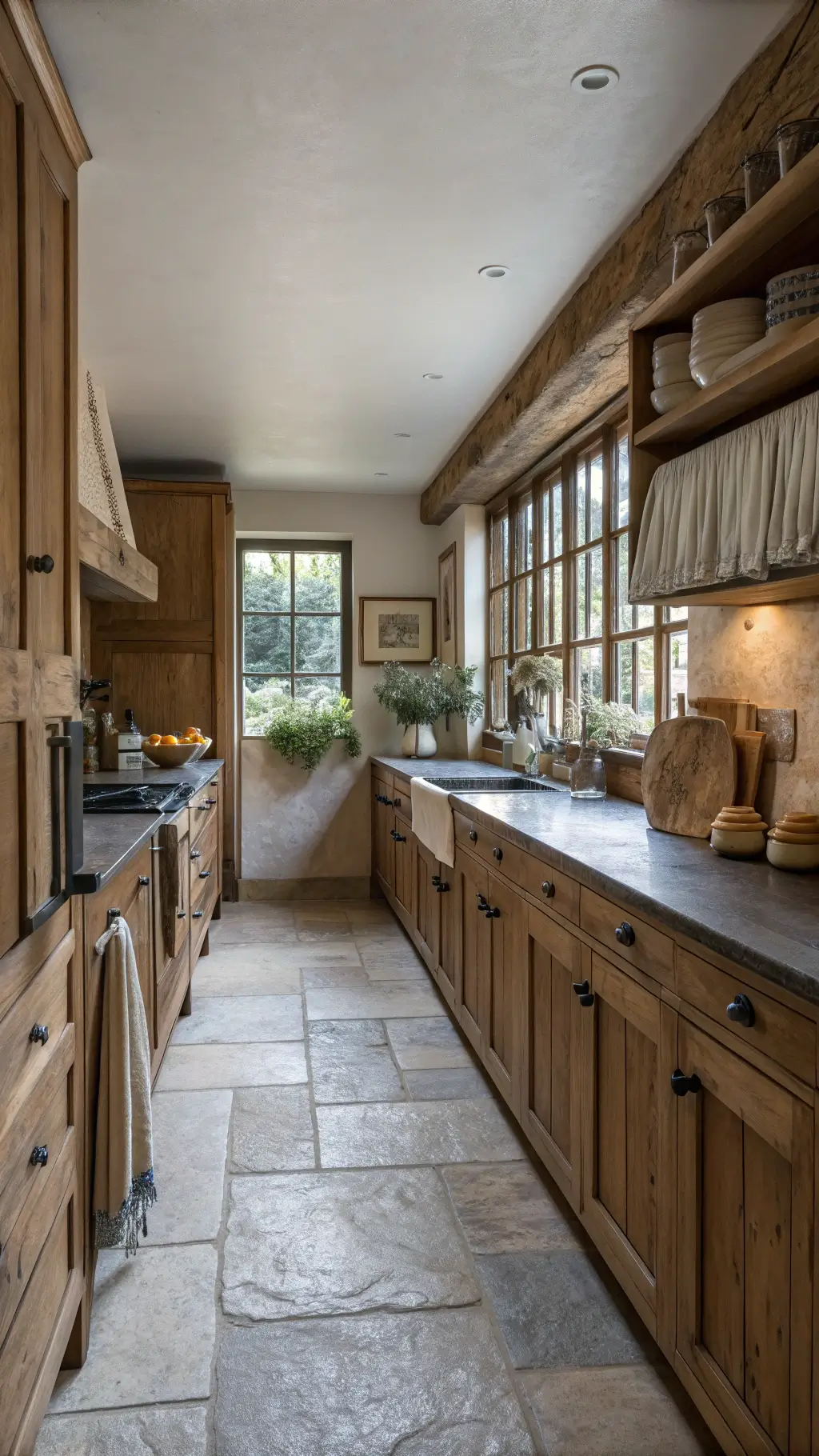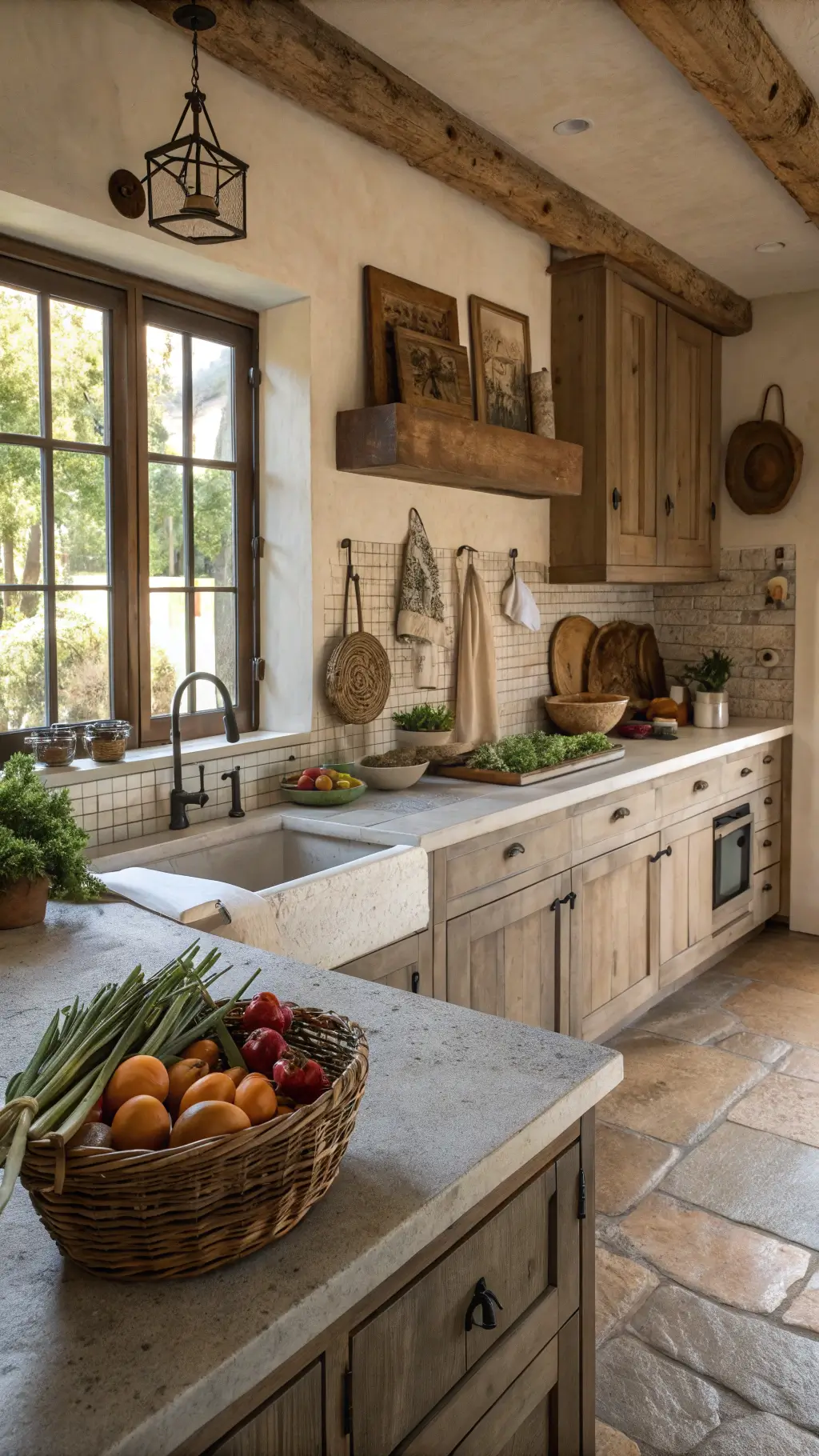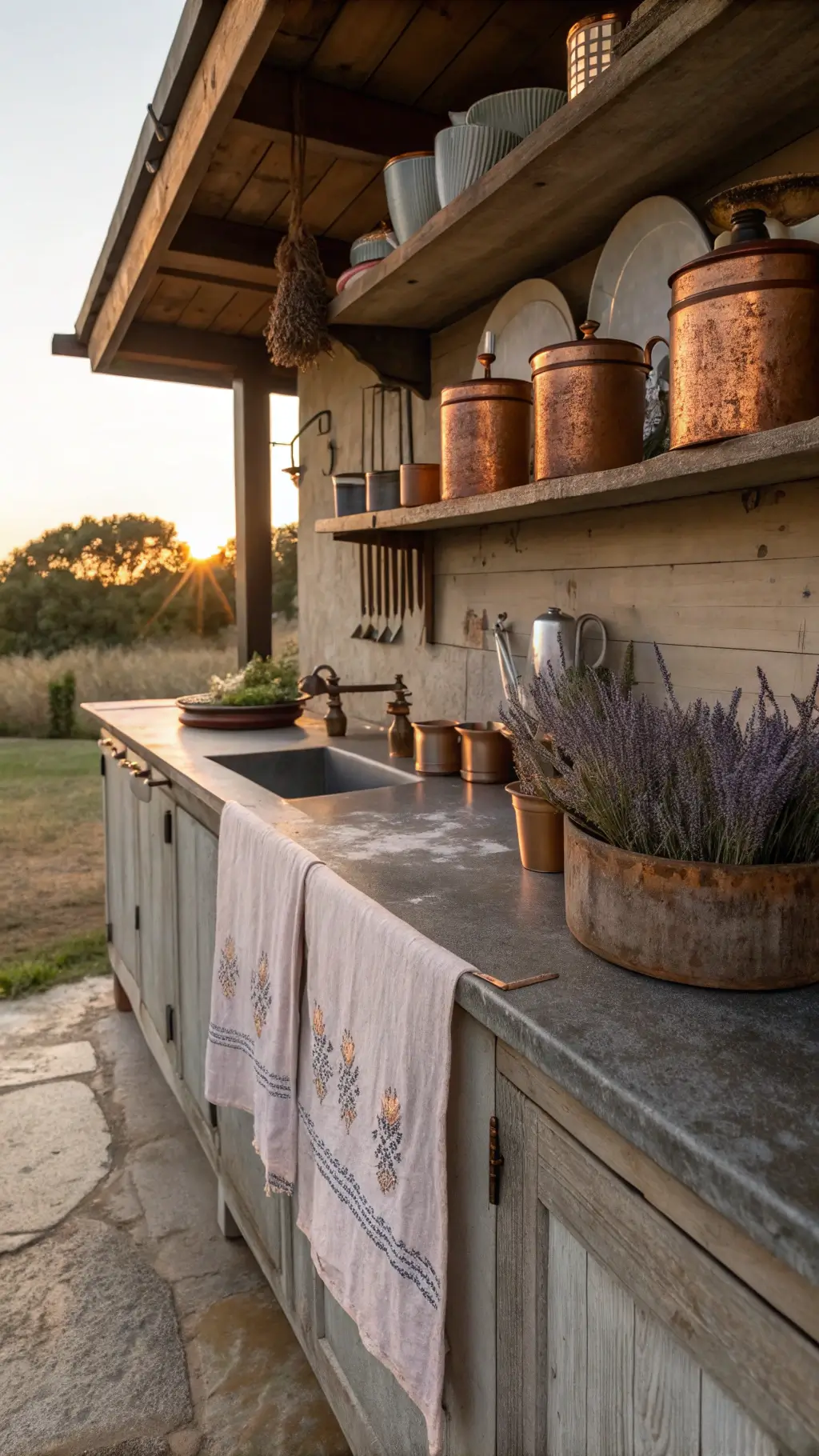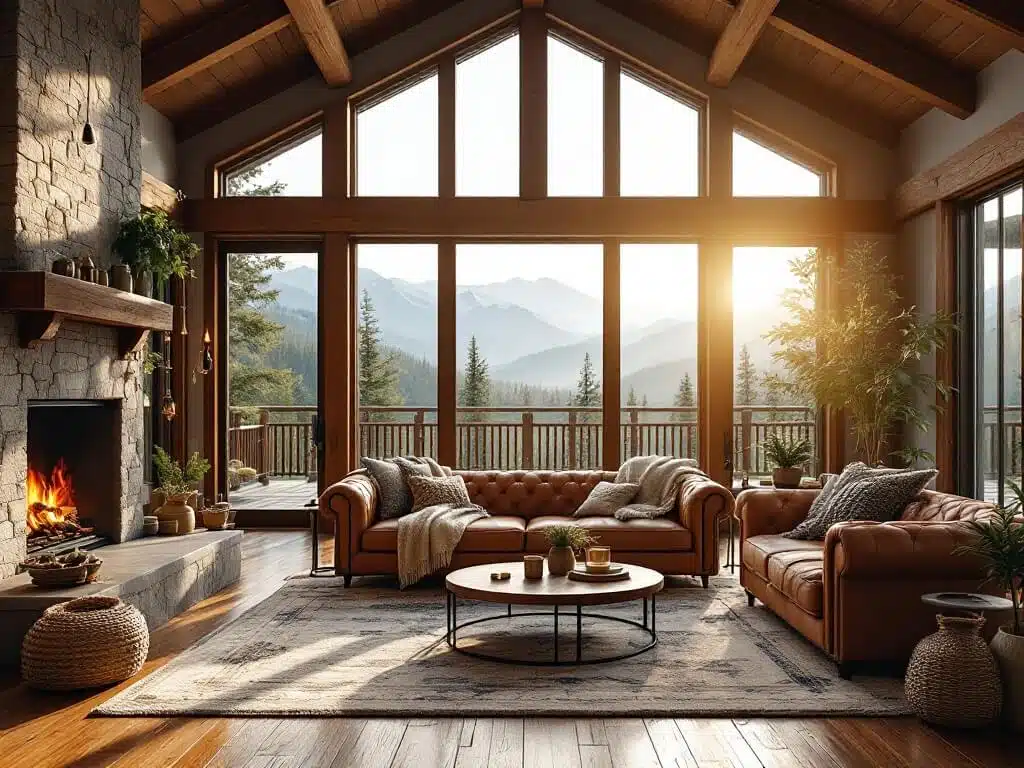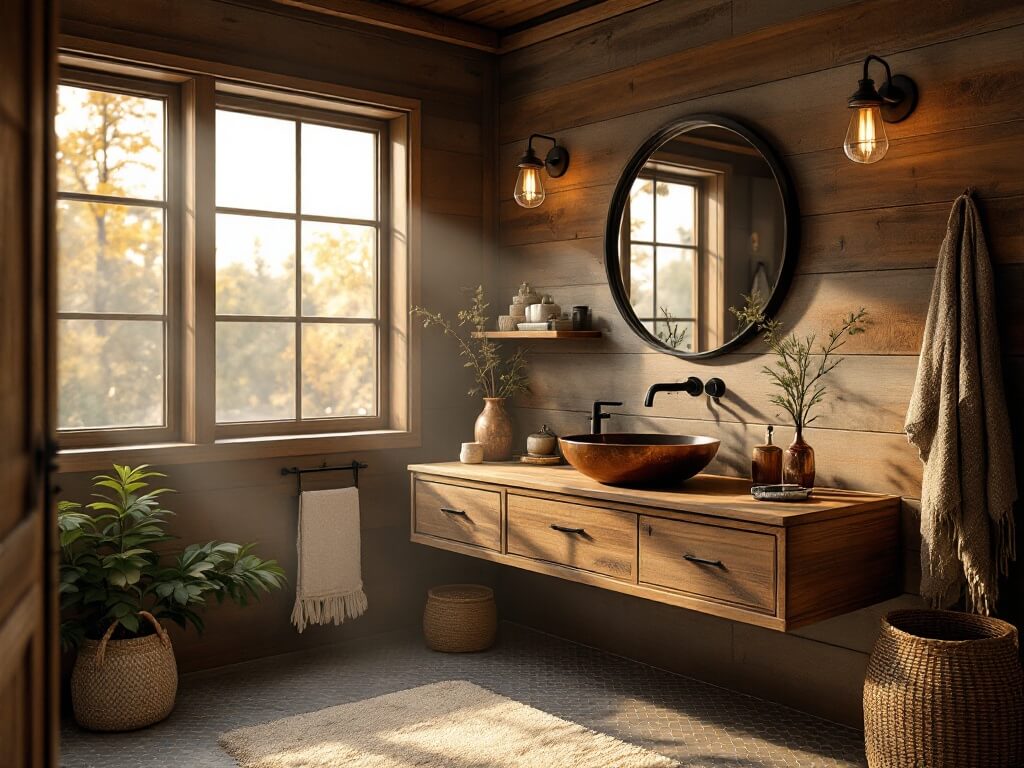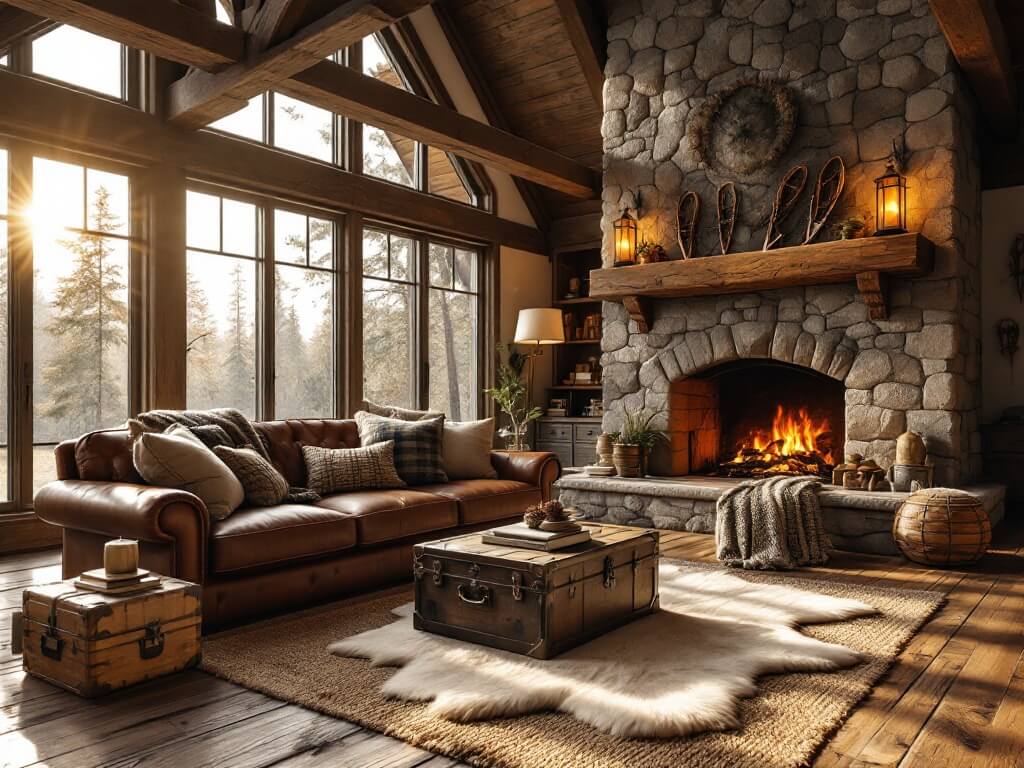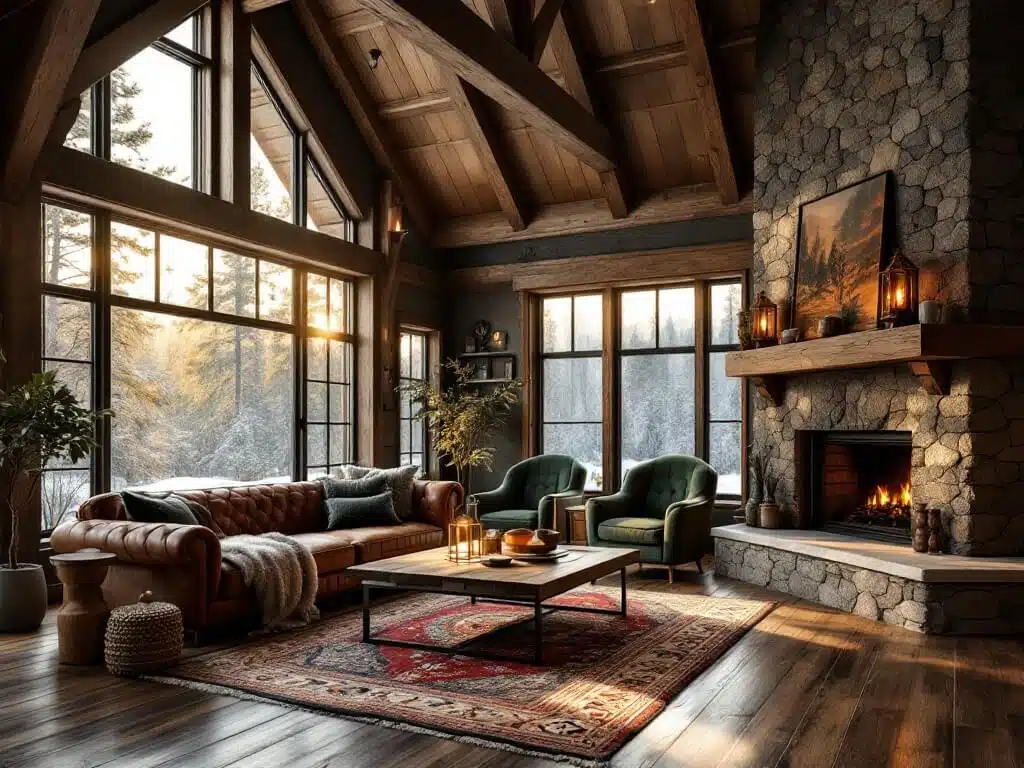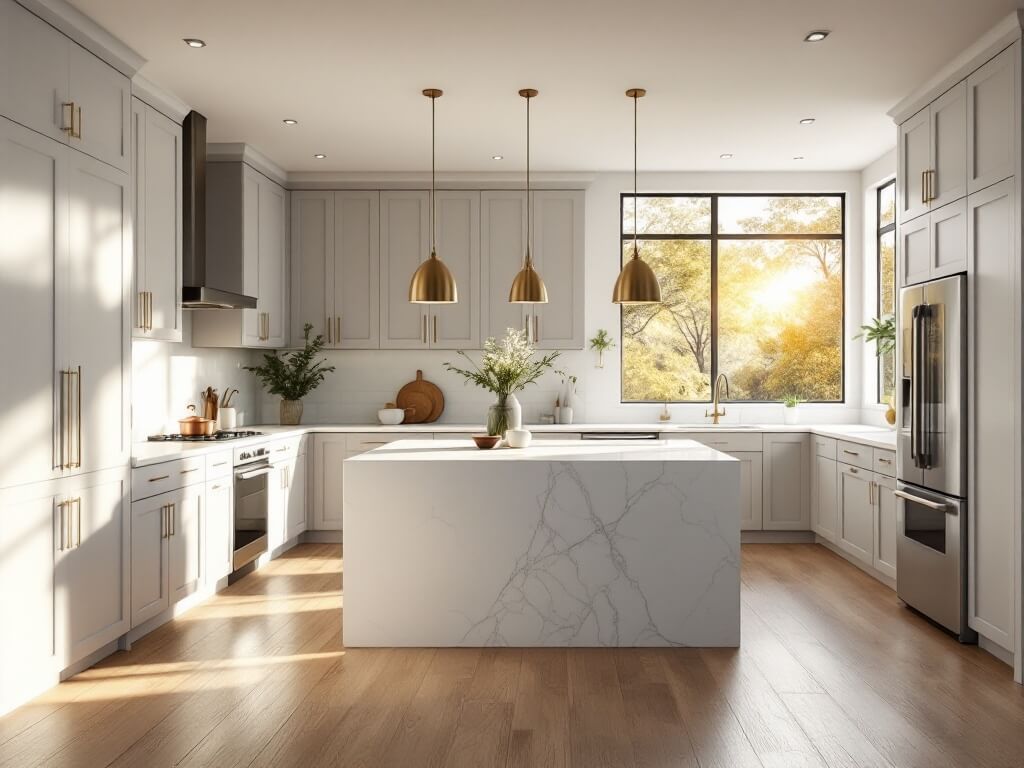Wabi Sabi Kitchen: Embracing Imperfection and Natural Beauty in Your Culinary Space
Let’s talk about transforming your kitchen into a sanctuary of authenticity and calm. The Wabi Sabi kitchen isn’t just a design trend—it’s a philosophy that celebrates the beauty of imperfection and the poetry of natural materials.
Why Wabi Sabi? Understanding the Soul of Your Kitchen
Imagine walking into a kitchen that tells a story. Not a perfectly polished Instagram backdrop, but a living, breathing space that whispers of craftsmanship, simplicity, and genuine beauty.
The Wabi Sabi Philosophy: More Than Just a Design Choice
- Authenticity over perfection
- Celebrating natural aging and wear
- Connecting with materials that have soul
Essential Elements of a Wabi Sabi Kitchen
Materials That Speak Volumes
Your kitchen becomes a canvas of natural textures and muted tones. Think:
Color Palette: Earthy and Understated
Forget bright whites and glossy surfaces. We’re talking:
- Soft browns
- Warm grays
- Off-whites
- Dusty greens
- Gentle blues
Styling Your Wabi Sabi Kitchen: A Step-by-Step Guide
1. Clear the Clutter
Wabi Sabi isn’t about minimalism—it’s about intentionality. Keep only items that:
- Have meaning
- Serve a purpose
- Tell a story
2. Embrace Imperfection
Pro Tip: Those chips in your favorite mug? That’s not damage—that’s character.
3. Layer Textures Thoughtfully
Mix and match:
- Smooth stone
- Rough-hewn wood
- Soft linen
- Aged metal
Budget-Friendly Wabi Sabi Transformations
You don’t need a massive budget to create a soulful kitchen:
- DIY open shelving
- Thrifted ceramic pieces
- Handmade wooden utensils
- Vintage copper pots with natural patina
Budget Ranges
- Beginner Level: $100-$500
- Intermediate: $500-$2000
- Advanced Transformation: $2000-$5000
Seasonal Updates Without Breaking the Bank
- Rotate handmade ceramic vases
- Add seasonal herbs
- Switch out linen table runners
Practical Tips for Maintaining the Wabi Sabi Aesthetic
- Let materials age naturally
- Avoid over-polishing
- Appreciate small imperfections
- Rotate and refresh mindfully
Common Mistakes to Avoid
- Don’t: Use glossy, perfect surfaces
- Do: Celebrate natural wear and tear
- Don’t: Overcrowd your space
- Do: Create breathing room
Your Wabi Sabi Kitchen Toolkit
Essential items to get started:



